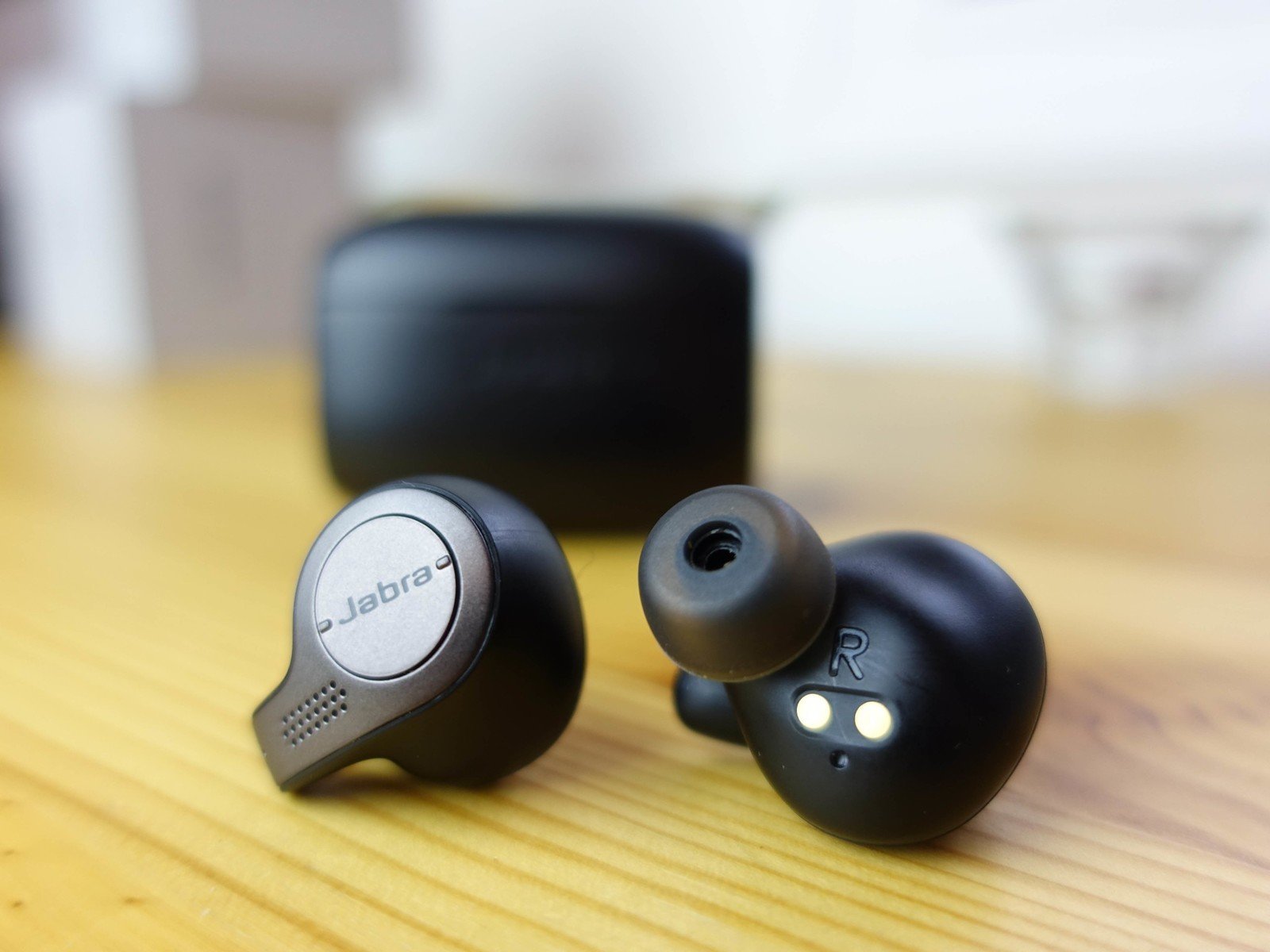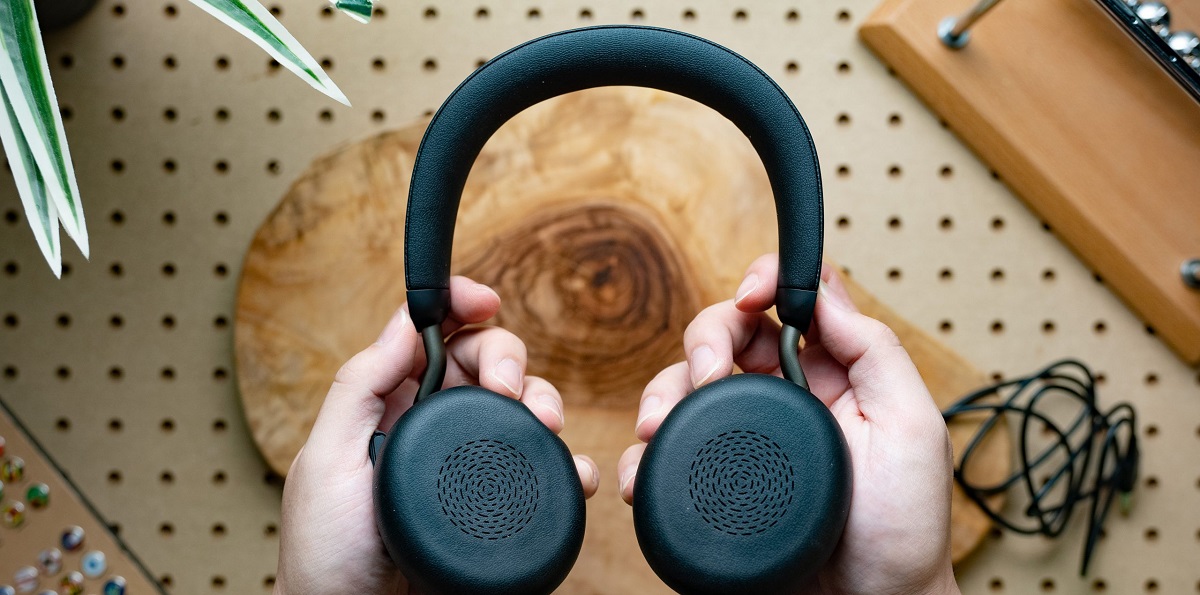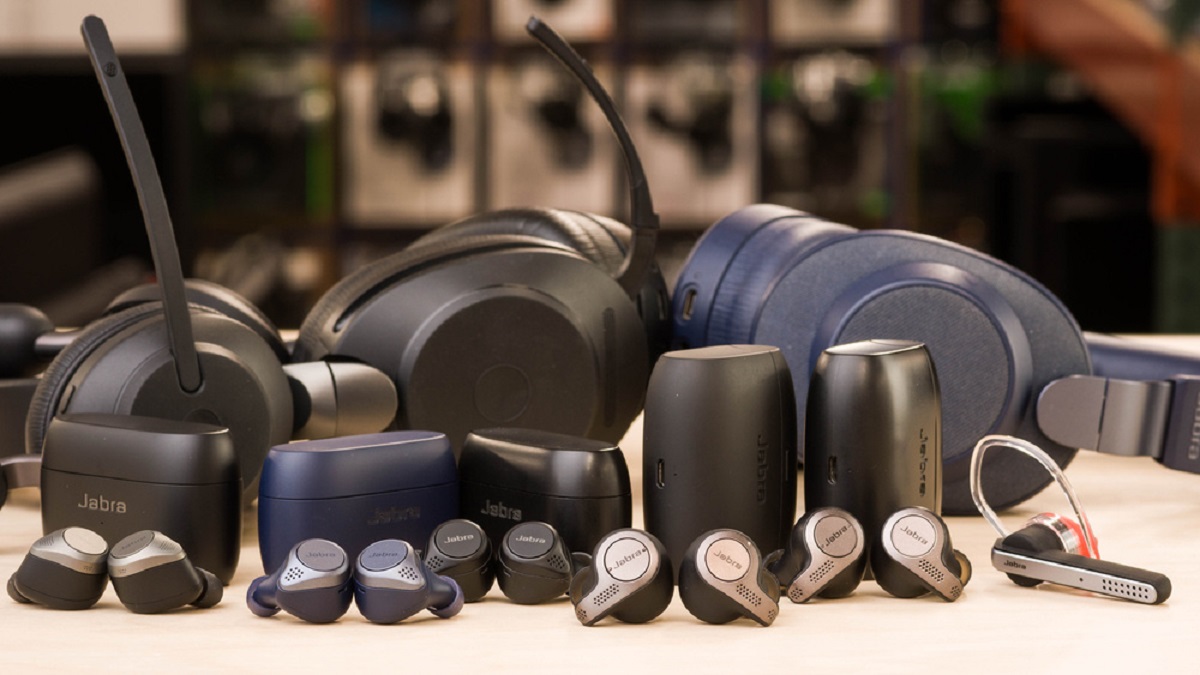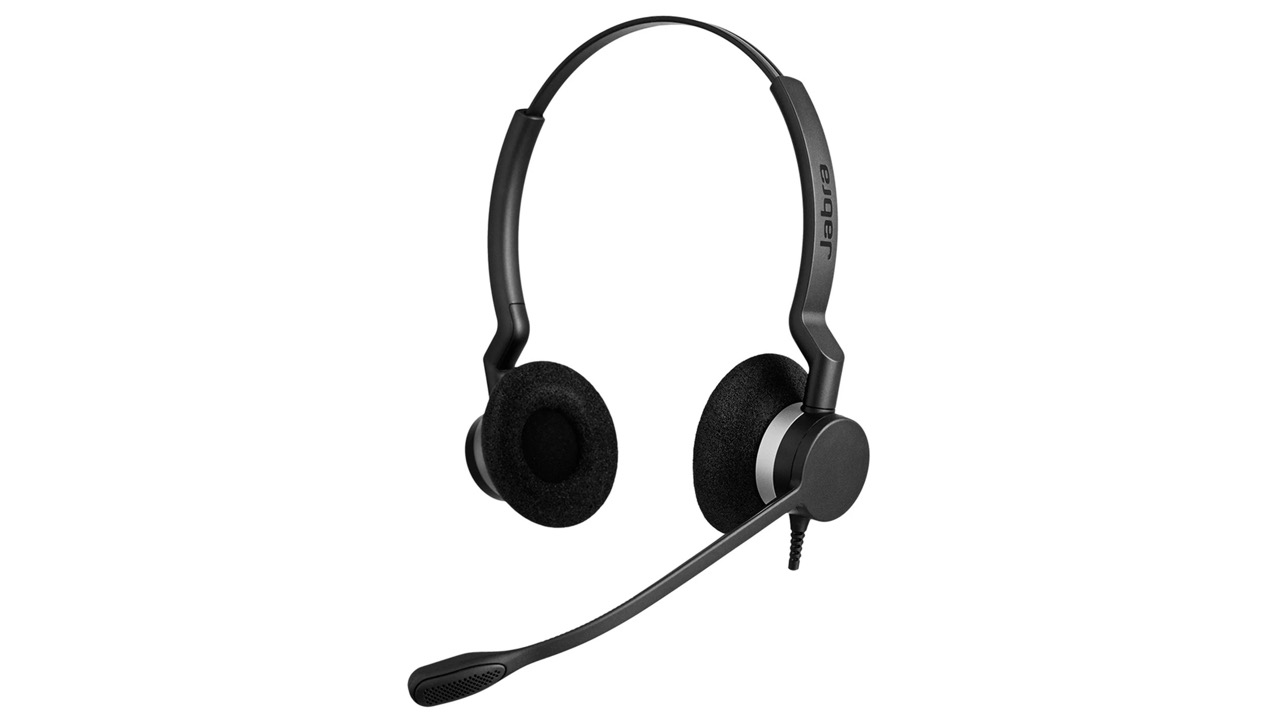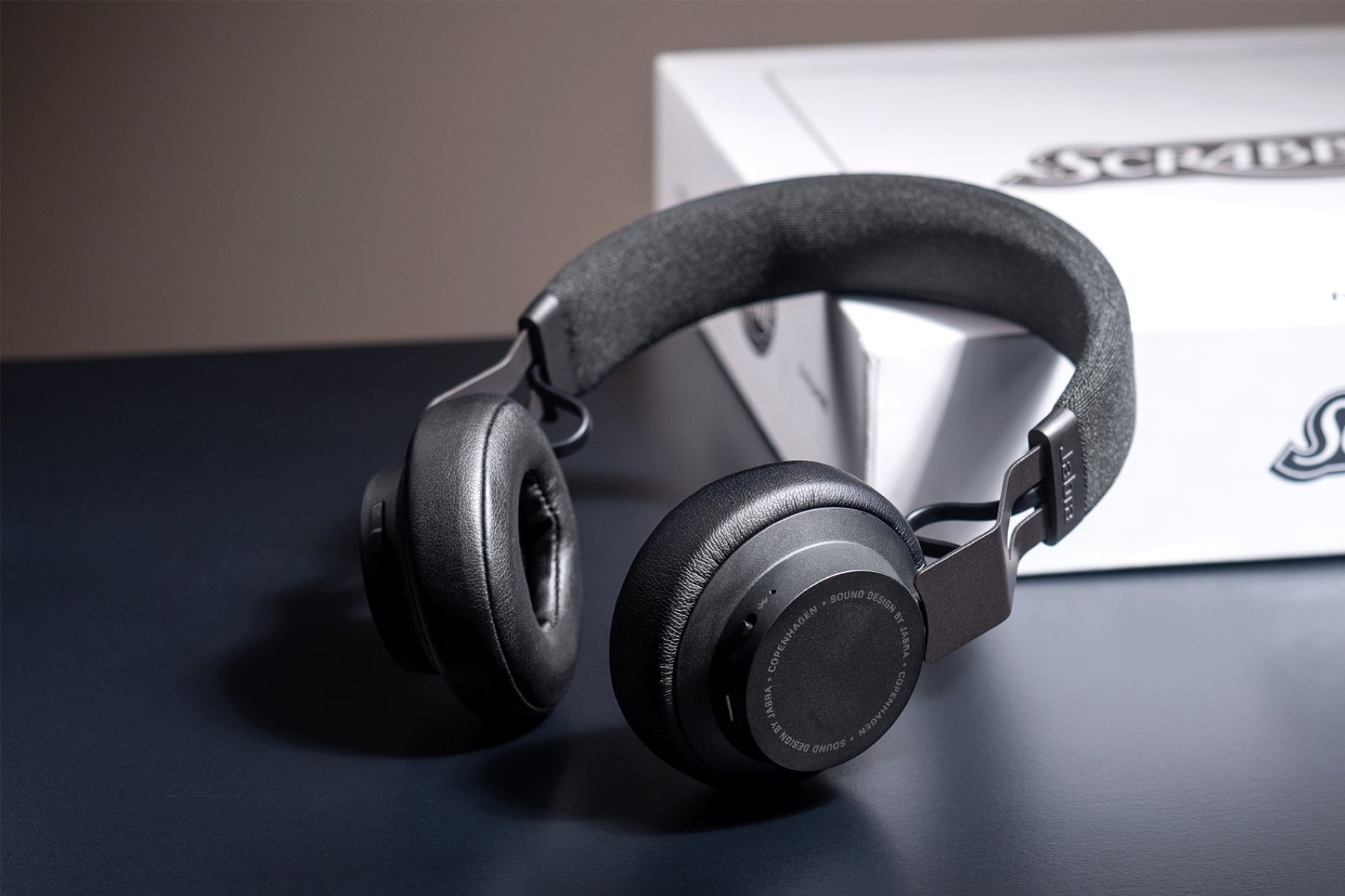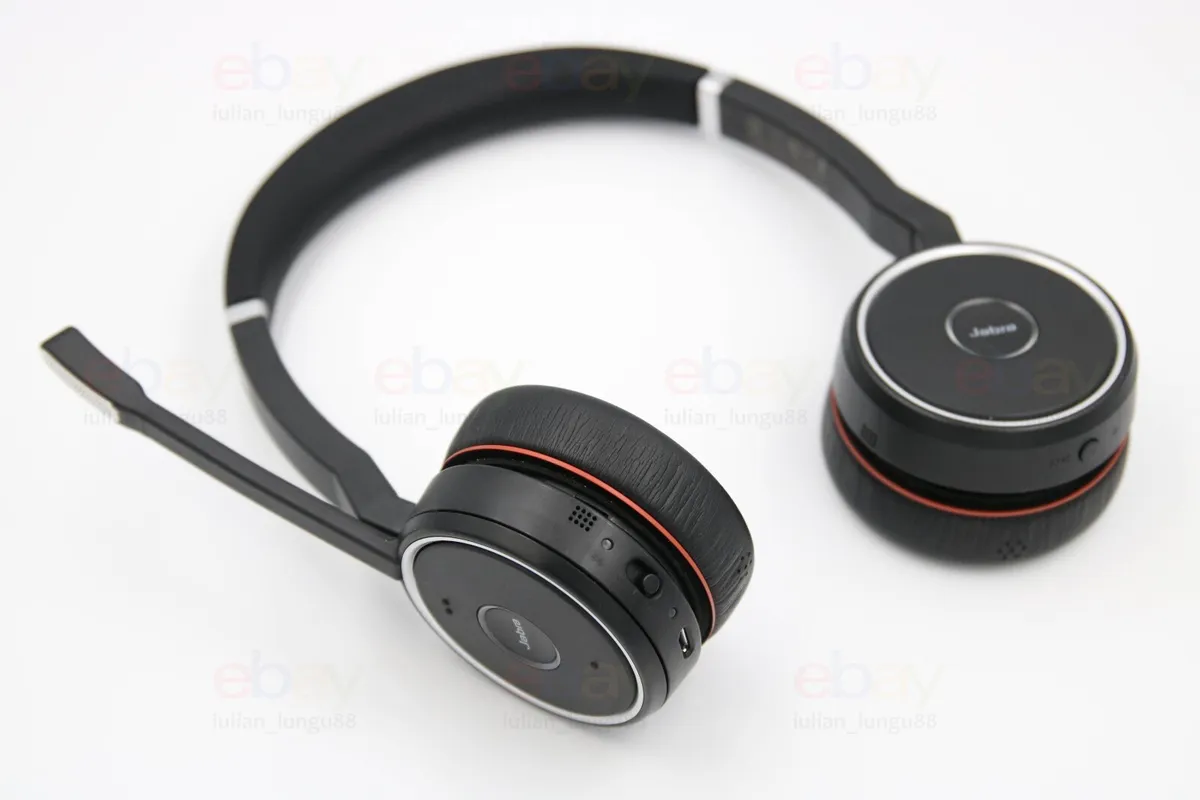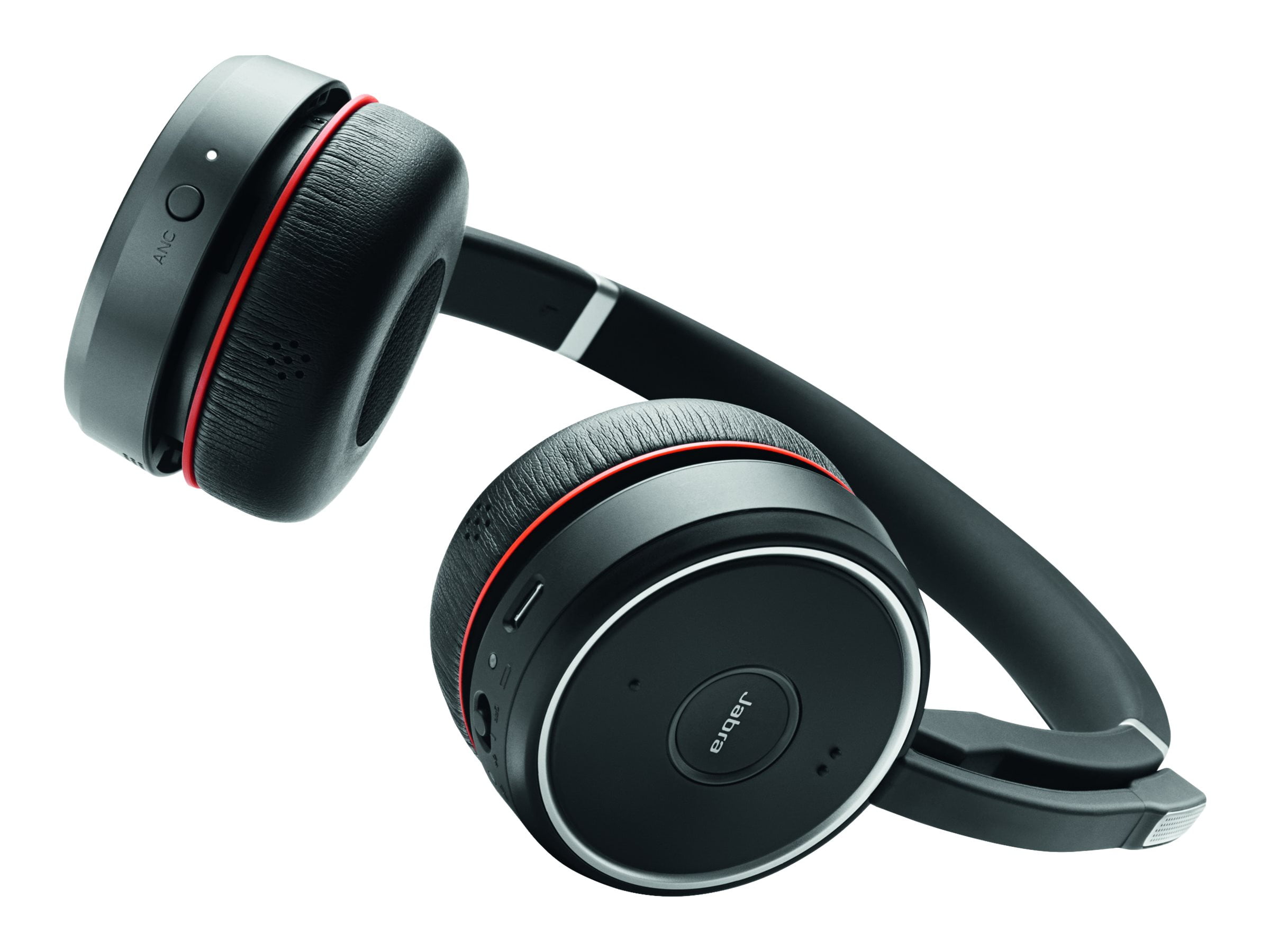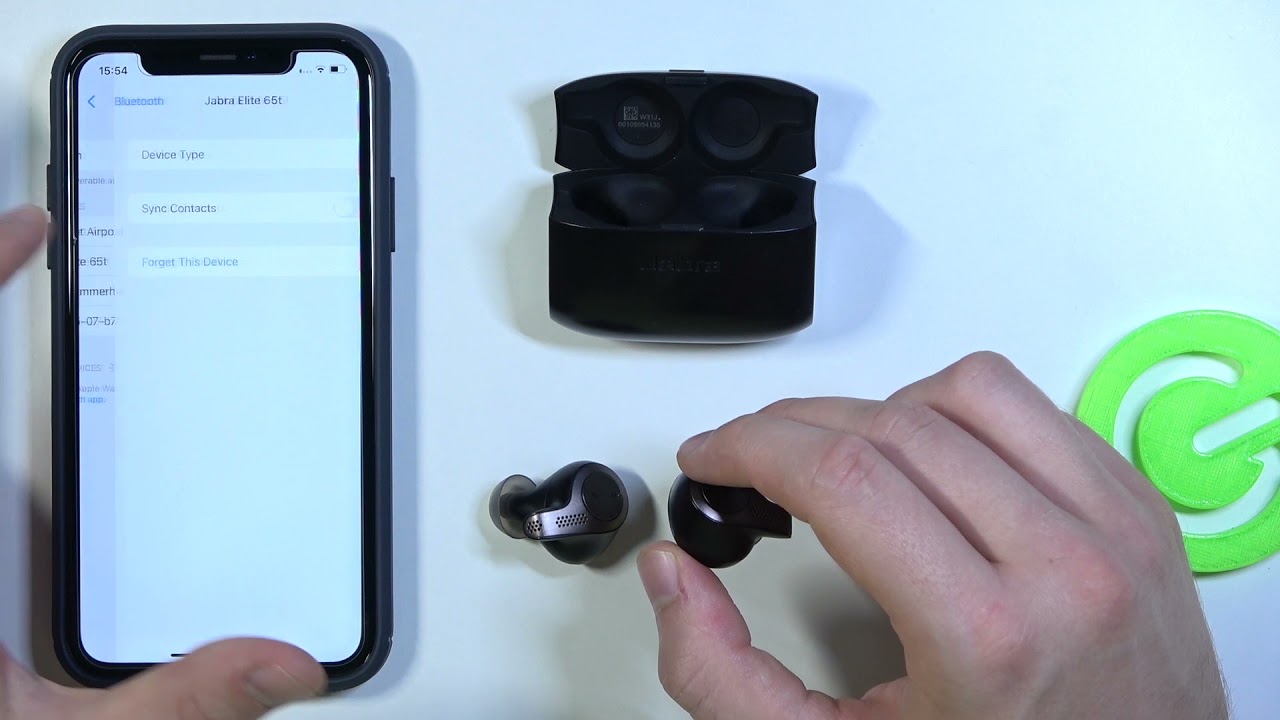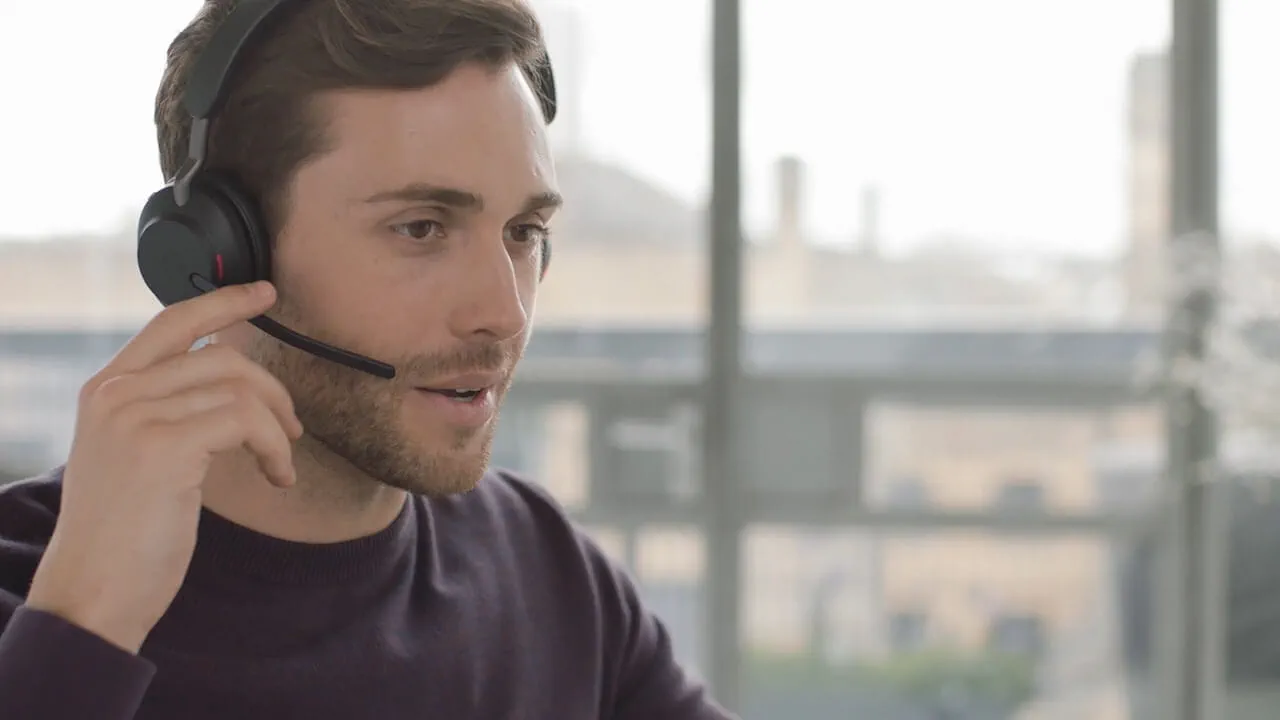Introduction
Bluetooth technology has revolutionized the way we connect and communicate wirelessly. And when it comes to hands-free communication, Jabra Bluetooth devices are widely recognized for their superb performance. Whether you’re using a Jabra Bluetooth headset or a Jabra Bluetooth speaker, pairing it with your device is a crucial first step to enjoy a seamless and wireless experience.
In this guide, we will walk you through the simple and easy-to-follow steps to pair your Jabra Bluetooth with your device. Whether you’re using a smartphone, tablet, or computer, the pairing process remains relatively similar. So, let’s get started and get your Jabra Bluetooth device connected in no time.
But before we begin, it’s important to ensure that your Jabra Bluetooth device is compatible with the device you want to pair it with. Check the manufacturer’s instructions to determine compatibility. Once you’ve confirmed compatibility, follow the steps below to successfully pair your Jabra Bluetooth device.
Remember, the exact steps may vary slightly depending on the model of your Jabra Bluetooth device and the device you’re attempting to pair it with, but the general principles remain the same.
Step 1: Turn on your Jabra Bluetooth
The first step in pairing your Jabra Bluetooth device is to ensure that it is turned on and ready to connect. Locate the power button on your Jabra Bluetooth headset or speaker. It is usually located on the side or the top of the device.
Press and hold the power button until you see the LED indicator light up, indicating that the device is powered on. The LED light may be solid or blinking, depending on the model of your Jabra Bluetooth device.
If your Jabra Bluetooth device has a separate power switch and a pairing button, make sure to turn on the device first before proceeding to the next steps.
It’s important to note that some Jabra Bluetooth devices, especially older models, may have a separate switch for turning on the Bluetooth feature. In such cases, ensure that both the Jabra device and the Bluetooth feature are turned on.
Once your Jabra Bluetooth device is powered on, it is ready to be paired with your device. Now, let’s move on to the next step to enable Bluetooth on your device.
Step 2: Enable Bluetooth on your device
In order to pair your Jabra Bluetooth device with your device, you need to ensure that the Bluetooth feature is enabled on your device. Bluetooth settings can typically be accessed through the device’s settings menu. Here’s how to enable Bluetooth on some commonly used devices:
- Smartphones and tablets: Open the settings app and look for the “Bluetooth” option. Tap on it to access the Bluetooth settings. Toggle the switch to turn Bluetooth on.
- Computers (Windows): Click on the Start menu and open the Settings app. Look for the “Devices” option and click on it. In the Devices settings, you should see a toggle switch to enable Bluetooth.
- Computers (Mac): Click on the Apple menu and open the System Preferences. Look for the “Bluetooth” icon and click on it. In the Bluetooth settings, you can toggle the switch to turn Bluetooth on.
By enabling Bluetooth on your device, you are allowing it to search for and connect to nearby Bluetooth devices, including your Jabra Bluetooth device.
Once Bluetooth is enabled on your device, it’s time to put your Jabra Bluetooth device into pairing mode. This will allow it to be discovered by your device and establish a connection. Let’s move on to the next step to learn how to put your Jabra Bluetooth device into pairing mode.
Step 3: Put your Jabra Bluetooth into pairing mode
In order for your Jabra Bluetooth device to be discovered and connected to your device, it needs to be in pairing mode. Putting your Jabra Bluetooth device into pairing mode is a simple process that may vary slightly depending on the model. Here’s how to put your Jabra Bluetooth device into pairing mode:
- Jabra Bluetooth headset: Depending on the model, you may need to press and hold the pairing button or a combination of buttons to activate pairing mode. Refer to the manufacturer’s instructions for the exact method. Once in pairing mode, the LED indicator on your Jabra Bluetooth headset will typically start flashing to indicate that it is ready to be paired.
- Jabra Bluetooth speaker: Similar to the headset, you might need to press a dedicated pairing button or a combination of buttons to enable pairing mode. Consult the user manual or manufacturer’s instructions for your specific model. When the speaker is in pairing mode, it typically emits a sound or the LED indicator flashes in a certain pattern.
It’s essential to note that the duration for which you need to hold the buttons to activate pairing mode can vary between devices. In most cases, you will need to hold the button(s) for a few seconds until the device enters pairing mode.
Once your Jabra Bluetooth device is in pairing mode, it is ready to be discovered and connected by your device. Proceed to the next step to learn how to connect your device to the Jabra Bluetooth device.
Step 4: Connect your device to the Jabra Bluetooth
Now that your Jabra Bluetooth device is in pairing mode, it’s time to connect it to your device. Follow these steps to establish a connection between your device and the Jabra Bluetooth device:
- On your device, navigate to the Bluetooth settings. Depending on the device you’re using, this can be accessed through the settings menu or the notification shade.
- Once in the Bluetooth settings, your device will start scanning for nearby Bluetooth devices. Wait for a moment until your Jabra Bluetooth device appears in the list of available devices. It usually shows up with the name “Jabra” followed by the model number.
- Select the name of your Jabra Bluetooth device from the list. Your device will initiate a pairing request to the Jabra device.
- If prompted, enter the passcode or PIN provided in the Jabra device’s user manual or packaging. This step is necessary to ensure a secure connection between the devices. If no passcode is specified, try entering the default passcode, such as “0000” or “1234”.
- Once the passcode is entered, your device will establish a connection with the Jabra Bluetooth device. The LED indicator on the Jabra device may turn solid or stop blinking, indicating a successful connection.
At this point, your device is successfully connected to the Jabra Bluetooth device. You can now enjoy the convenience of hands-free communication or audio playback through your Jabra device.
Before concluding, it is advisable to test the connection to ensure that it’s working properly. Let’s move on to the next step to learn how to test the connection between your device and the Jabra Bluetooth device.
Step 5: Test the connection
After successfully connecting your device to the Jabra Bluetooth device, it’s important to test the connection to ensure everything is working as expected. Here’s how to test the connection:
- Make sure that both your device and the Jabra Bluetooth device are still powered on and within a reasonable range of each other.
- If you paired a Jabra Bluetooth headset, try making a test phone call or using a voice-recording app to verify that the audio is being transmitted properly through the headset and the microphone is picking up your voice clearly.
- If you connected a Jabra Bluetooth speaker, play some audio from your device, such as music or a video, to confirm that the audio is playing through the speaker and the sound quality is clear and balanced.
- If there are any issues with the connection, such as poor audio quality, connection drops, or any other problems, try repositioning the devices closer to each other or restarting both devices. It can also be helpful to consult the user manual or visit the Jabra support website for troubleshooting tips specific to your device model.
By testing the connection, you can ensure that the pairing process was successful and that the devices are communicating with each other effectively.
Congratulations! You have successfully paired and tested your Jabra Bluetooth device with your device. Now you can enjoy the convenience and freedom of wireless communication and audio playback. In case you encounter any issues or need further assistance, do not hesitate to reach out to Jabra’s customer support for personalized help.
Troubleshooting common pairing issues
While the pairing process is usually smooth, there are some common issues that users might encounter. Here are a few troubleshooting tips to help you overcome these problems:
- Ensure devices are in range: Make sure your Jabra Bluetooth device and your device are within the recommended range for Bluetooth connections. Moving them closer to each other can improve the stability and strength of the connection.
- Restart devices: Try restarting both your Jabra Bluetooth device and your device. Sometimes, a simple reset can resolve connectivity issues.
- Clear pairing history: If you have previously paired your Jabra Bluetooth device with other devices, it might create conflicts. Clear the pairing history on your Jabra device and your device, and then attempt the pairing process again.
- Update firmware/software: Check if there are any firmware or software updates available for your Jabra Bluetooth device. Keeping your devices up-to-date can fix compatibility issues and improve connectivity.
- Check compatibility: Ensure that your Jabra Bluetooth device is compatible with your device. Some older models may not be compatible with newer devices or operating systems. Verify the compatibility information provided by the manufacturer.
- Change Bluetooth name: If you have multiple Bluetooth devices in close proximity, changing the Bluetooth name of your Jabra device can help avoid confusion during the pairing process.
- Reset Jabra device: If nothing works, you can try resetting your Jabra Bluetooth device to its default settings. Refer to the user manual or contact Jabra’s customer support for instructions on how to perform a reset.
If you have tried these troubleshooting tips and still cannot resolve the pairing issues, it is recommended to contact Jabra’s customer support for further assistance. They are trained to provide specific solutions for different Jabra Bluetooth device models and can help you troubleshoot any persistent problems.
Conclusion
Pairing your Jabra Bluetooth device with your device is the first important step to enjoy the convenience of wireless communication and audio playback. By following the simple steps outlined in this guide, you can easily connect your Jabra Bluetooth headset or speaker to your smartphone, tablet, or computer.
From turning on your Jabra Bluetooth device to putting it into pairing mode, enabling Bluetooth on your device, and establishing a connection, each step plays a vital role in ensuring a successful pairing process. Testing the connection afterwards allows you to confirm that the devices are communicating effectively.
If you encounter any issues during the pairing process, don’t worry. Troubleshooting common pairing issues can help you overcome any challenges that may arise. From checking the range and compatibility of your devices, to updating firmware/software and clearing pairing history, these tips can help resolve most common connectivity problems.
Remember, proper care and maintenance of your Jabra Bluetooth device, including keeping it up-to-date with firmware updates and following manufacturer’s instructions, can contribute to a seamless and enjoyable user experience.
We hope this guide has provided you with the knowledge and steps needed to successfully pair your Jabra Bluetooth device. If you have any further questions or need additional assistance, don’t hesitate to reach out to Jabra’s customer support. They are equipped with the expertise to assist you with any specific issues pertaining to your Jabra Bluetooth device.
Now, go ahead and enjoy the freedom and convenience of hands-free communication and audio playback with your Jabra Bluetooth device!







